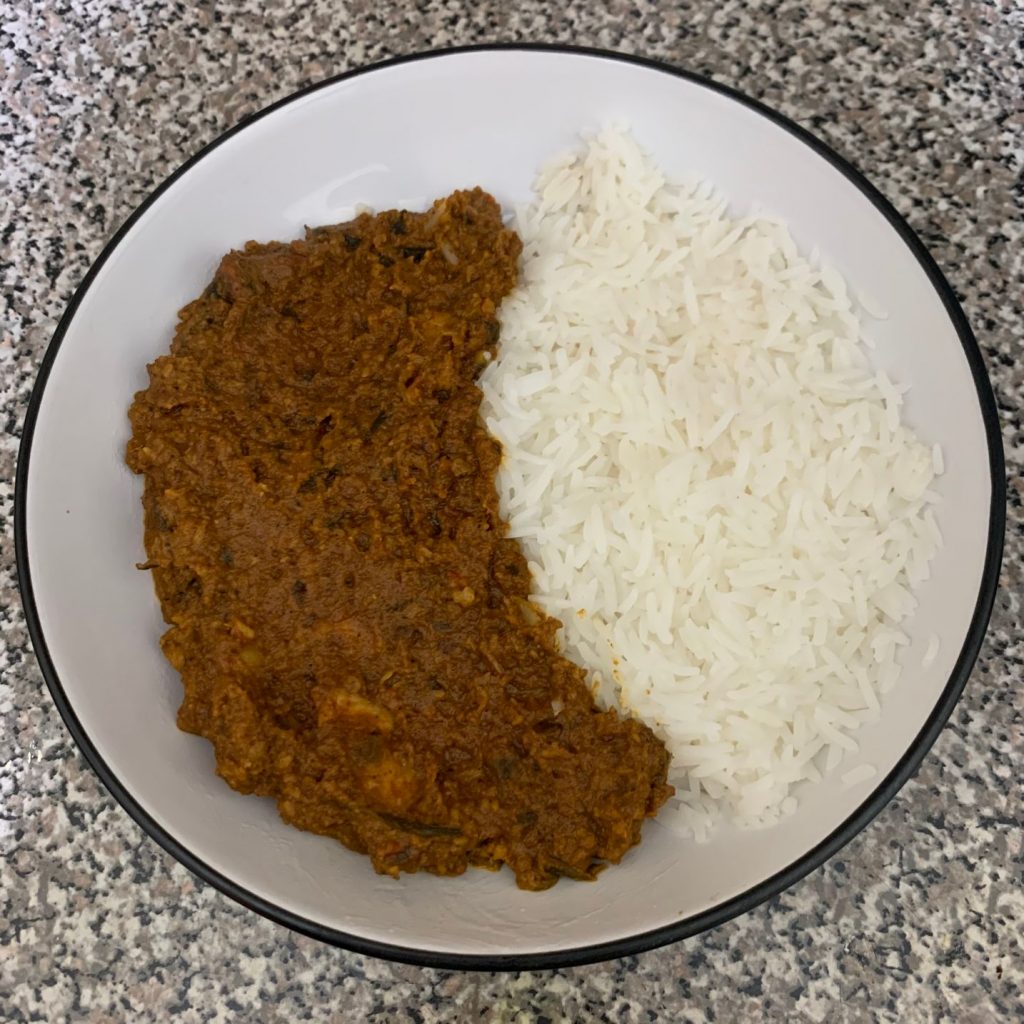India is a kaleidoscope of rich and diverse culinary traditions, each with its unique flavor profiles, cooking techniques, and cultural influences. One such culinary gem from the Indian subcontinent is the Goan fish curry. Referred to as "Xitti Kodi" in the local Konkani language, this dish is a beloved staple of the coastal state of Goa, offering a tantalizing blend of flavors that beautifully encapsulate the region's rich cultural and culinary heritage.
The Goan fish curry is not just a dish; it's an experience, a sensory journey that transcends the boundaries of taste and smell. Imagine a vibrant amalgamation of zesty tamarind, fiery red chili peppers, and an array of other exotic spices, all coming together to create a symphony of flavors. But the Goan fish curry is more than just a medley of ingredients; it's an encapsulation of Goa itself, a culinary postcard that transports you to the sun-soaked beaches, the swaying palm groves, and the scenic landscapes of Goa.
One of the most fascinating aspects of the Goan fish curry is its variety. Much like the diverse cultural tapestry of Goa, the fish curry too varies from region to region, each variant a reflection of local tastes, ingredients and traditions. In the northern part of Goa, the fish curry evolves into a spicier version. Packed with a variety of spices, it offers an irresistible kick, a real treat for spice enthusiasts who love their food with a bit of heat.
In contrast, the South Goan fish curry is known for its unique tanginess, a direct result of a higher concentration of tamarind. This tangy version is a delight for those who enjoy a balance of sweet and sour in their meals. Despite these regional variations, the essence of the Goan fish curry remains constant - a flavorful, hearty dish that is deeply embedded in Goa's cultural fabric, resonating with the laid-back and joyous spirit of Goan people.
A unique and intriguing facet about Goan fish curry is its use of 'kokum', a sour fruit native to the western coastal regions of India. Kokum serves a dual purpose in the curry; it not only adds a distinct tangy note but also imparts the curry with its characteristic reddish hue, making the dish as visually stunning as it is delicious.
The Goan fish curry owes its unique flavor profile to the use of local fish varieties. The most commonly used fish are kingfish, pomfret, and mackerel. However, one of the beauties of this dish lies in its adaptability. It can be made with almost any type of fish, thus making it a truly versatile dish that can cater to a wide range of tastes and preferences.
Traditionally, the Goan fish curry is served with rice. This combination reflects the simple yet satisfying meals enjoyed by the Goans. Whether it's a midday meal under the shade of a coconut tree or a dinner by the moonlit beach, it's a common sight to see Goans relishing this delectable dish. It’s a part of their everyday life, a dish that brings comfort and joy, a dish that brings people together.
Understanding and appreciating the Goan fish curry is akin to embracing the ethos of Goan cuisine - a cuisine that celebrates local produce, respects the subtleties of flavors, and above all, narrates the tale of its people and their deep-seated love for food. The Goan fish curry is not just a meal; it's a gastronomic testament to Goa's rich cultural and culinary heritage, a heritage that's as vibrant and diverse as the curry itself.
So, next time you relish a plate of Goan fish curry, remember, you're not just savoring a dish; you're partaking in a culture, a tradition, and a love for food that has been passed down through generations.

